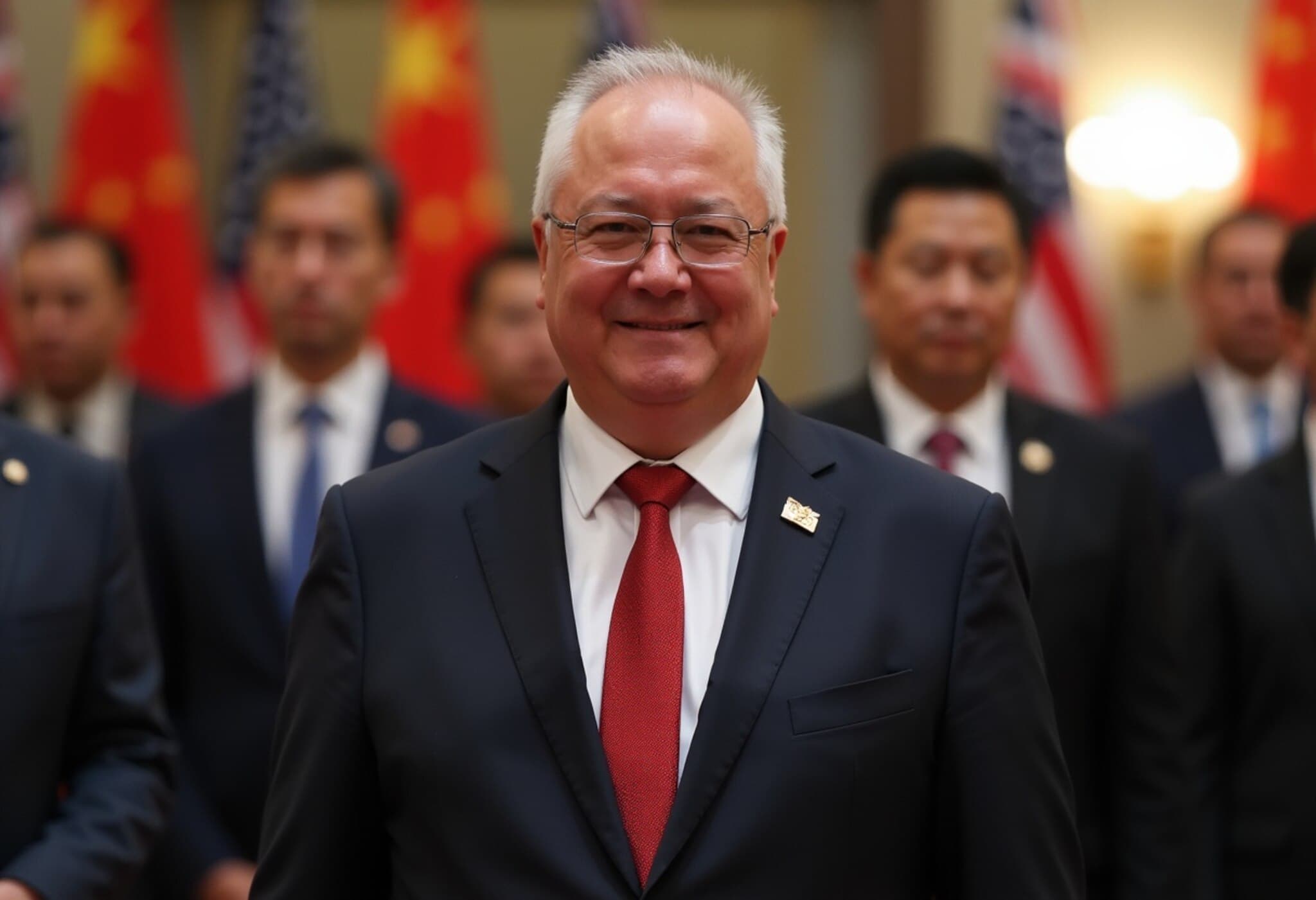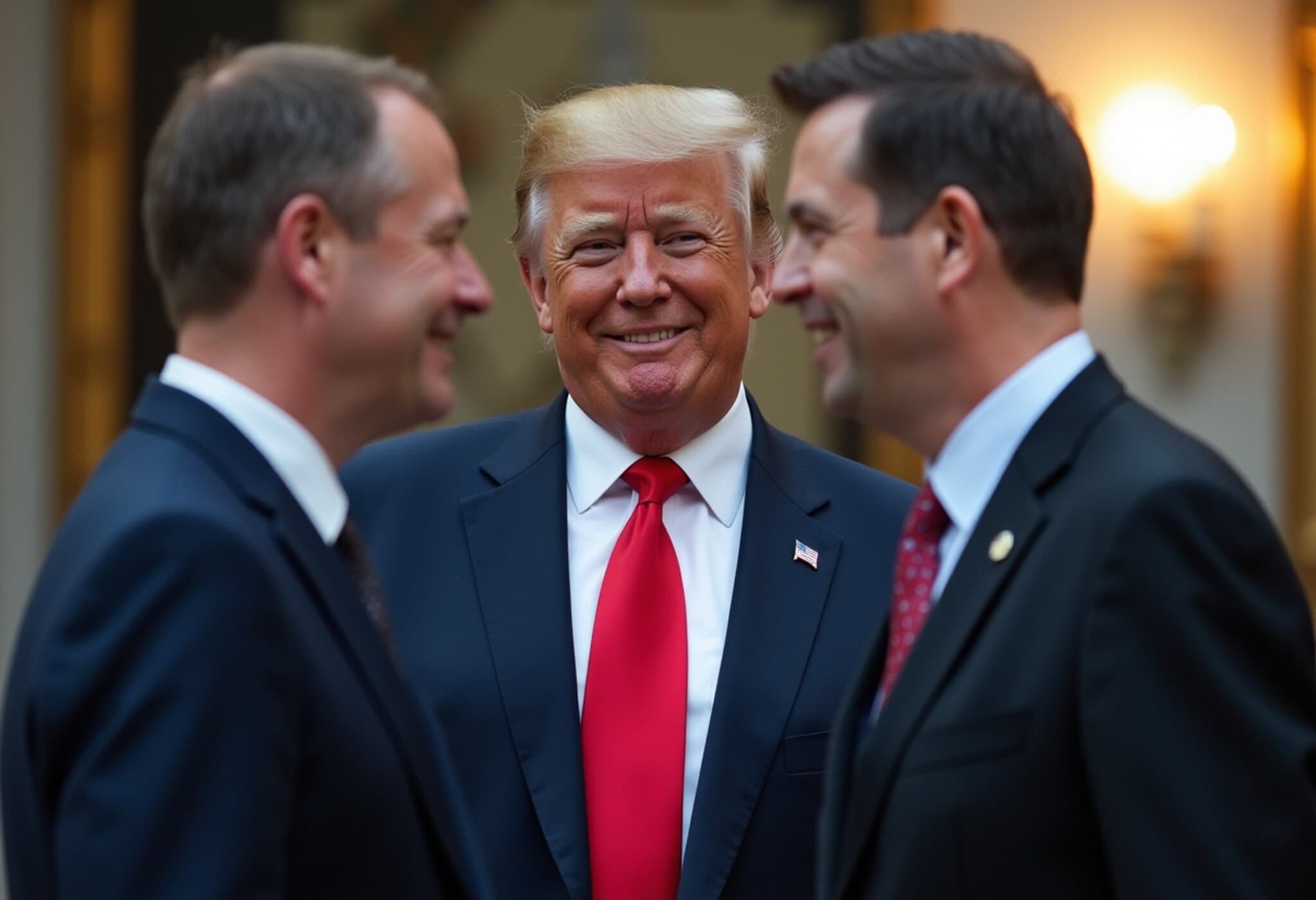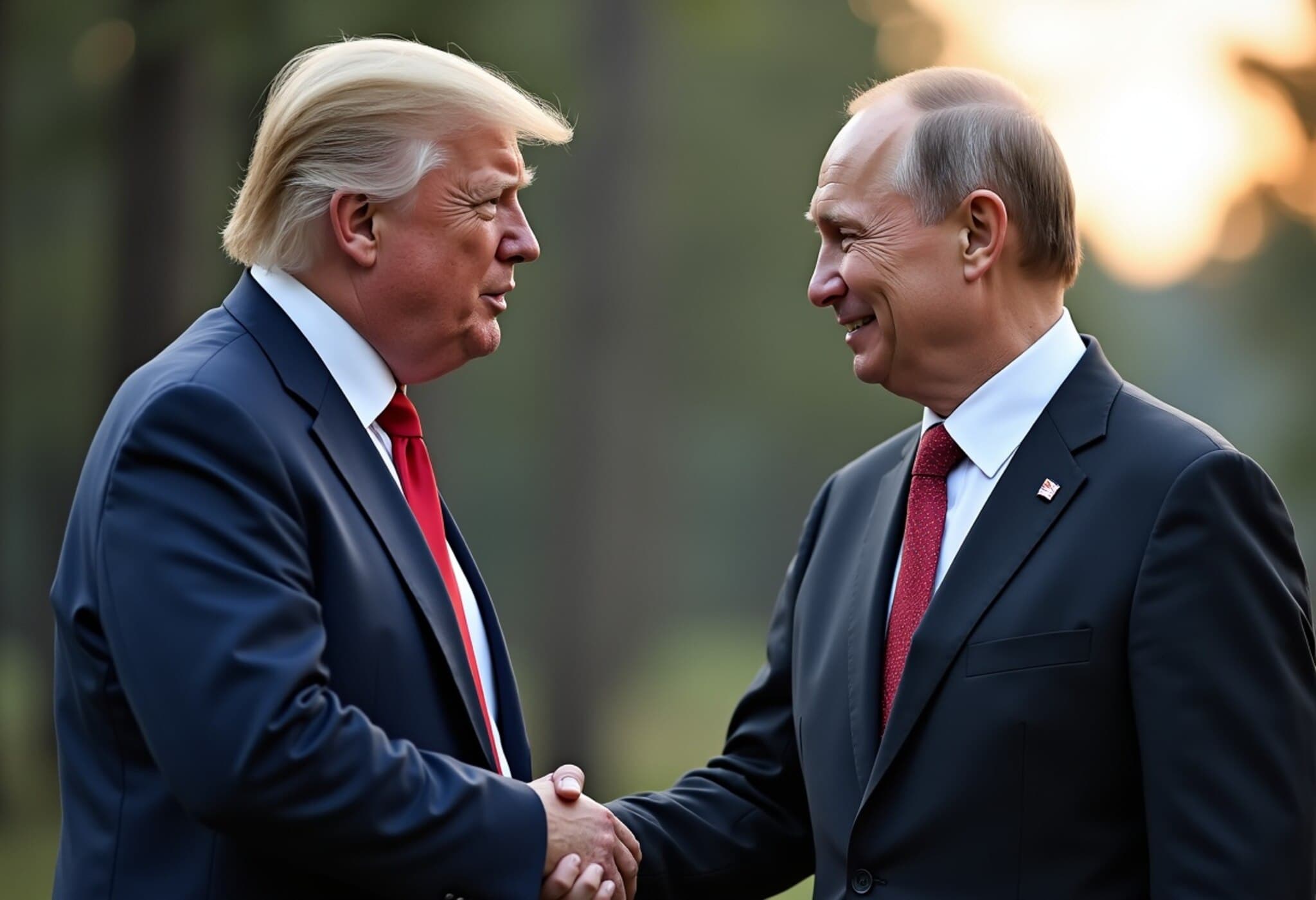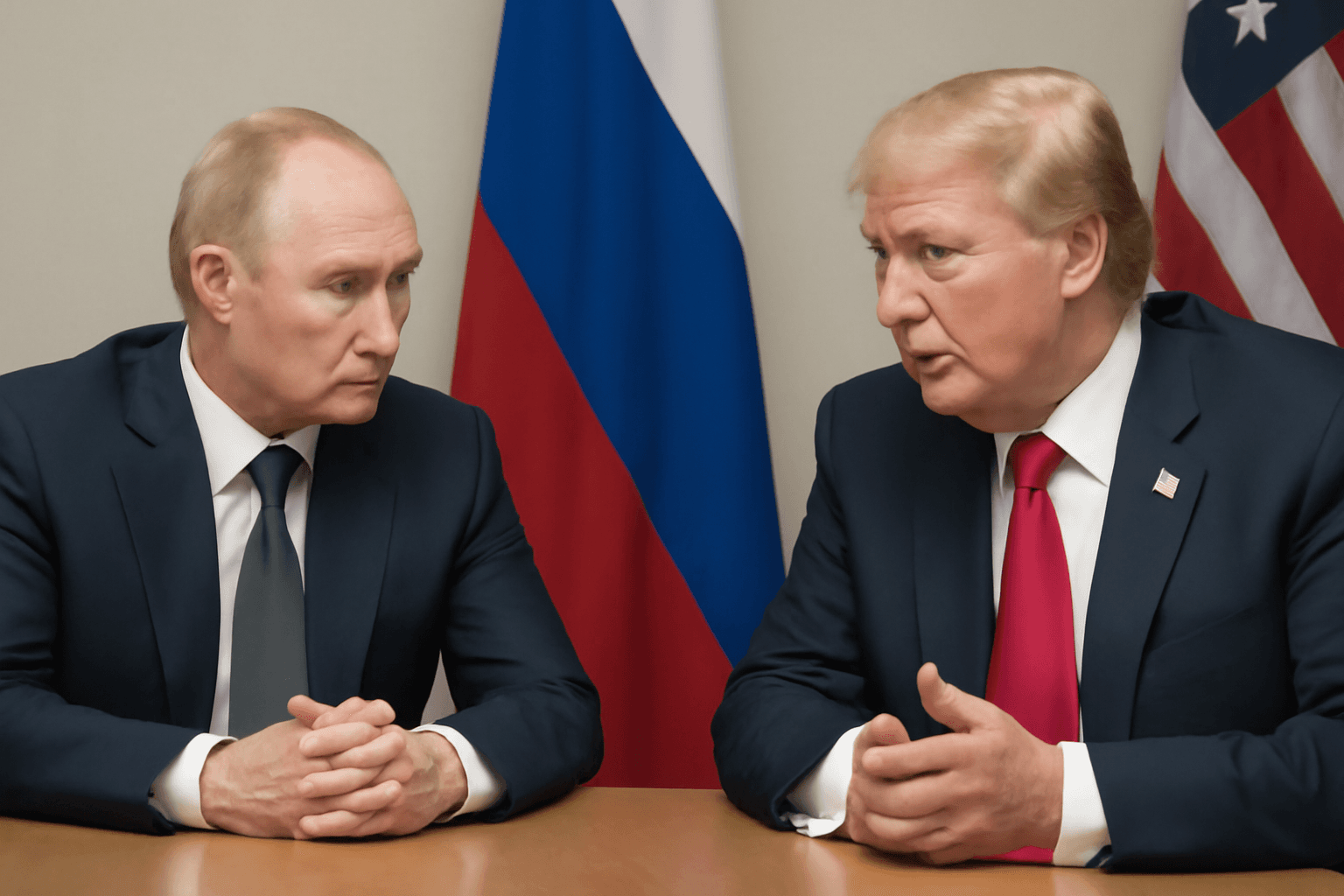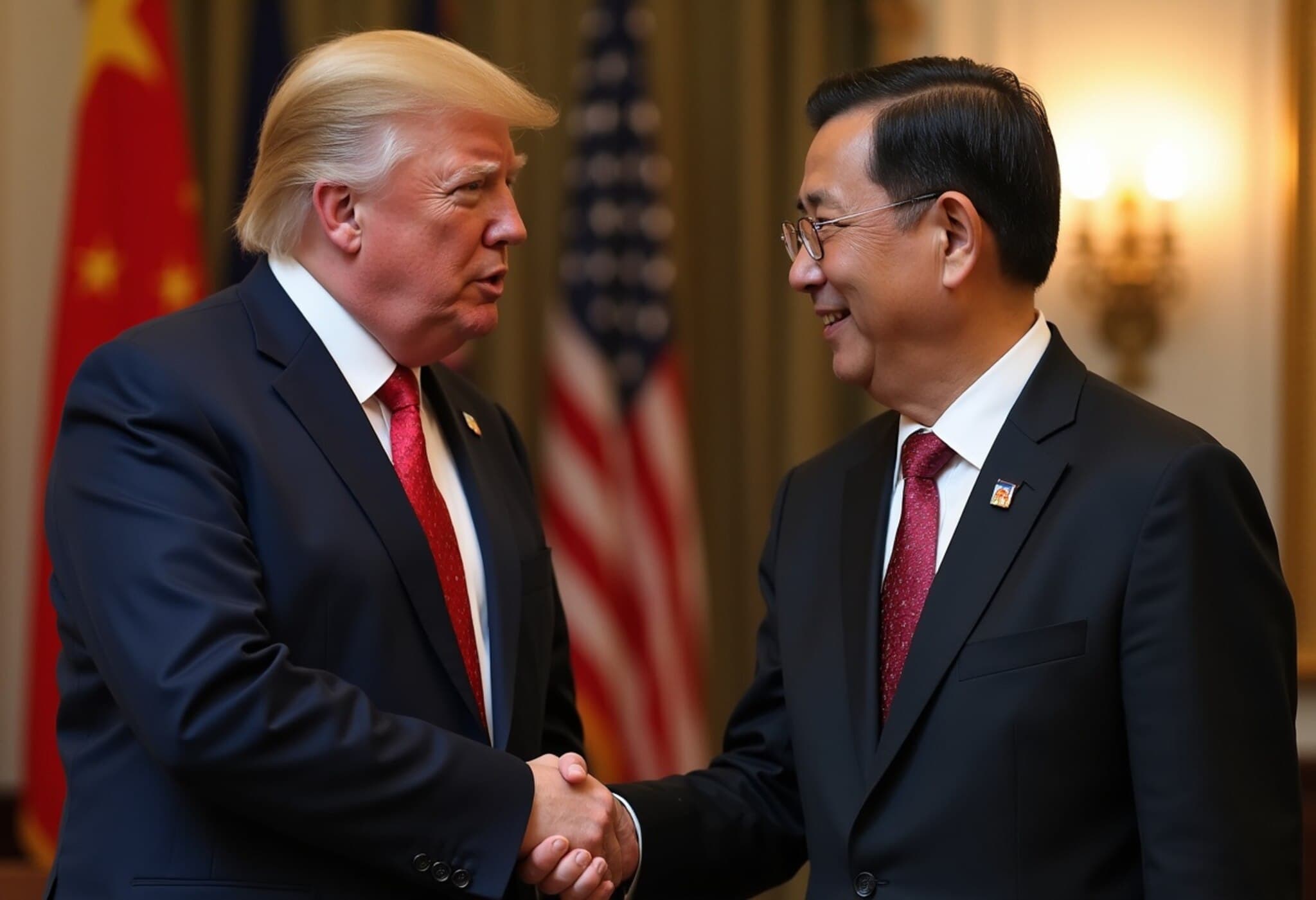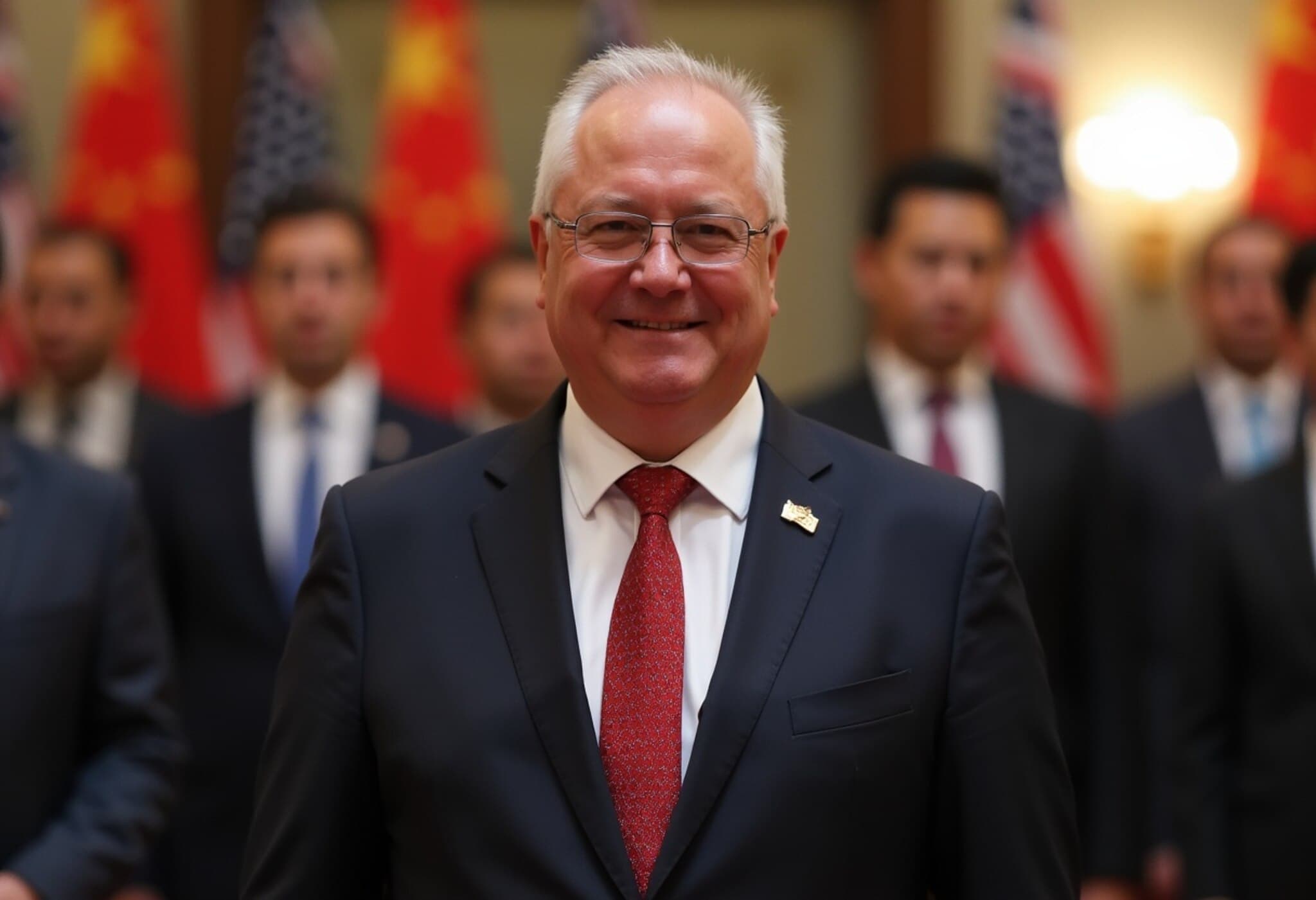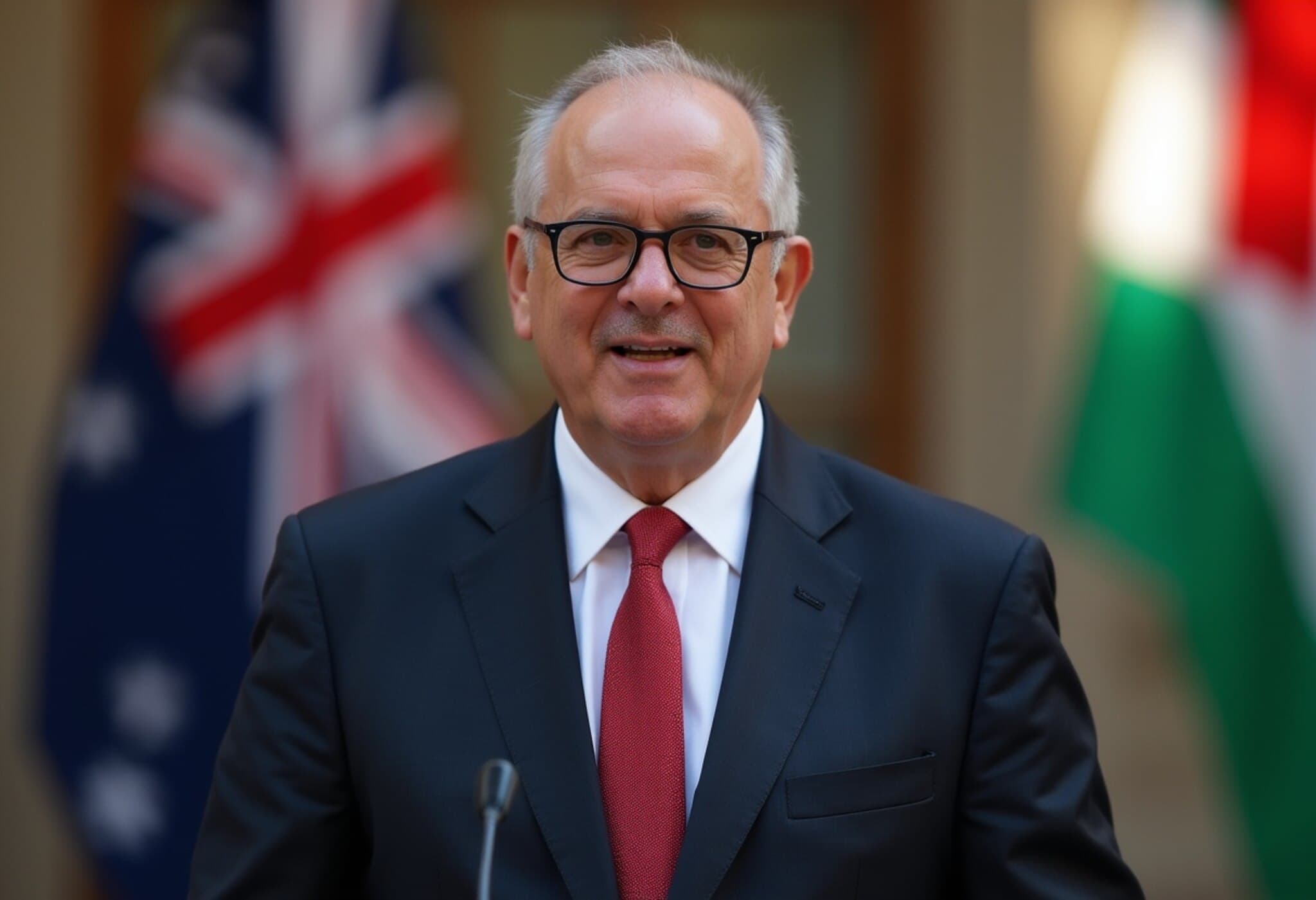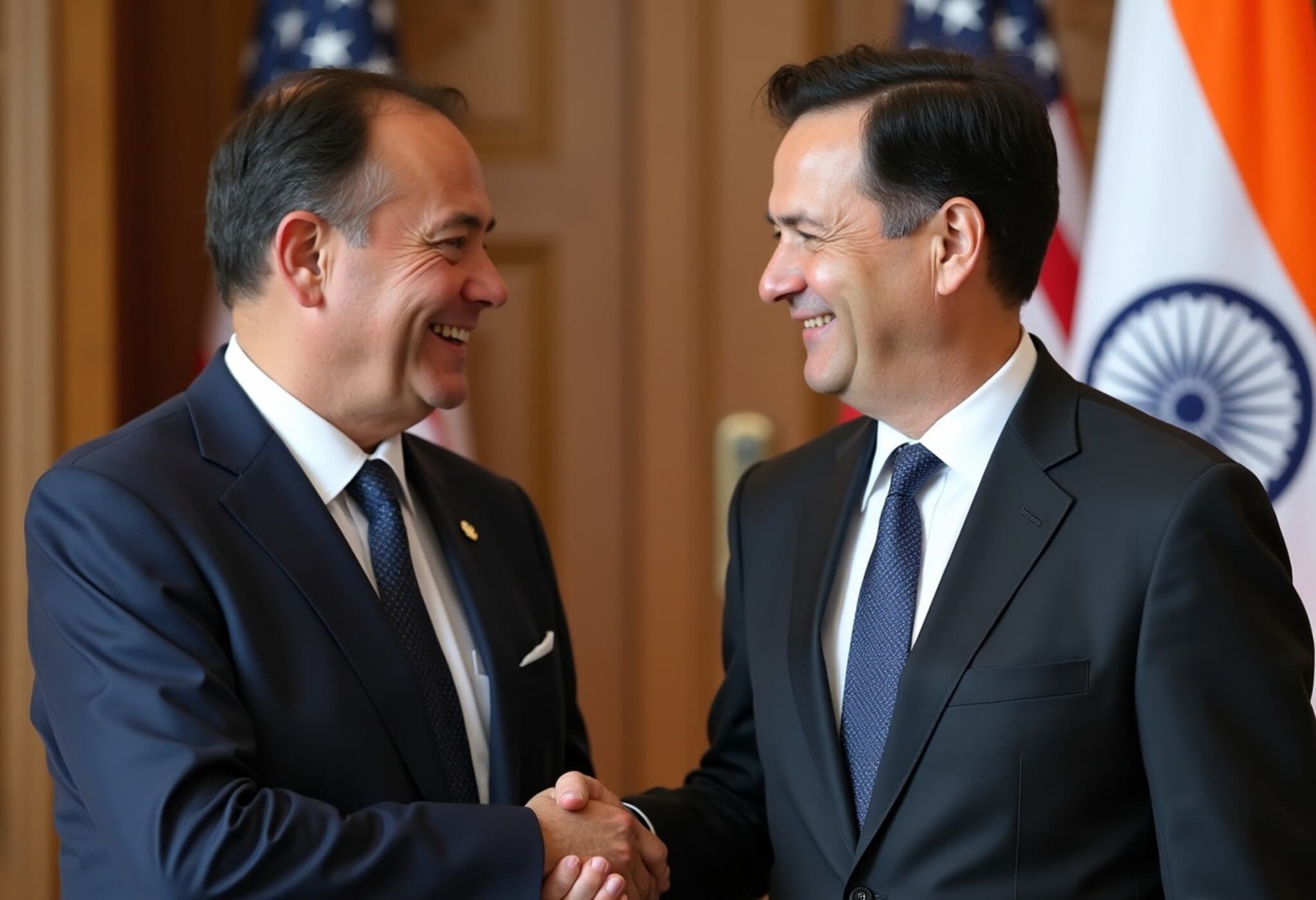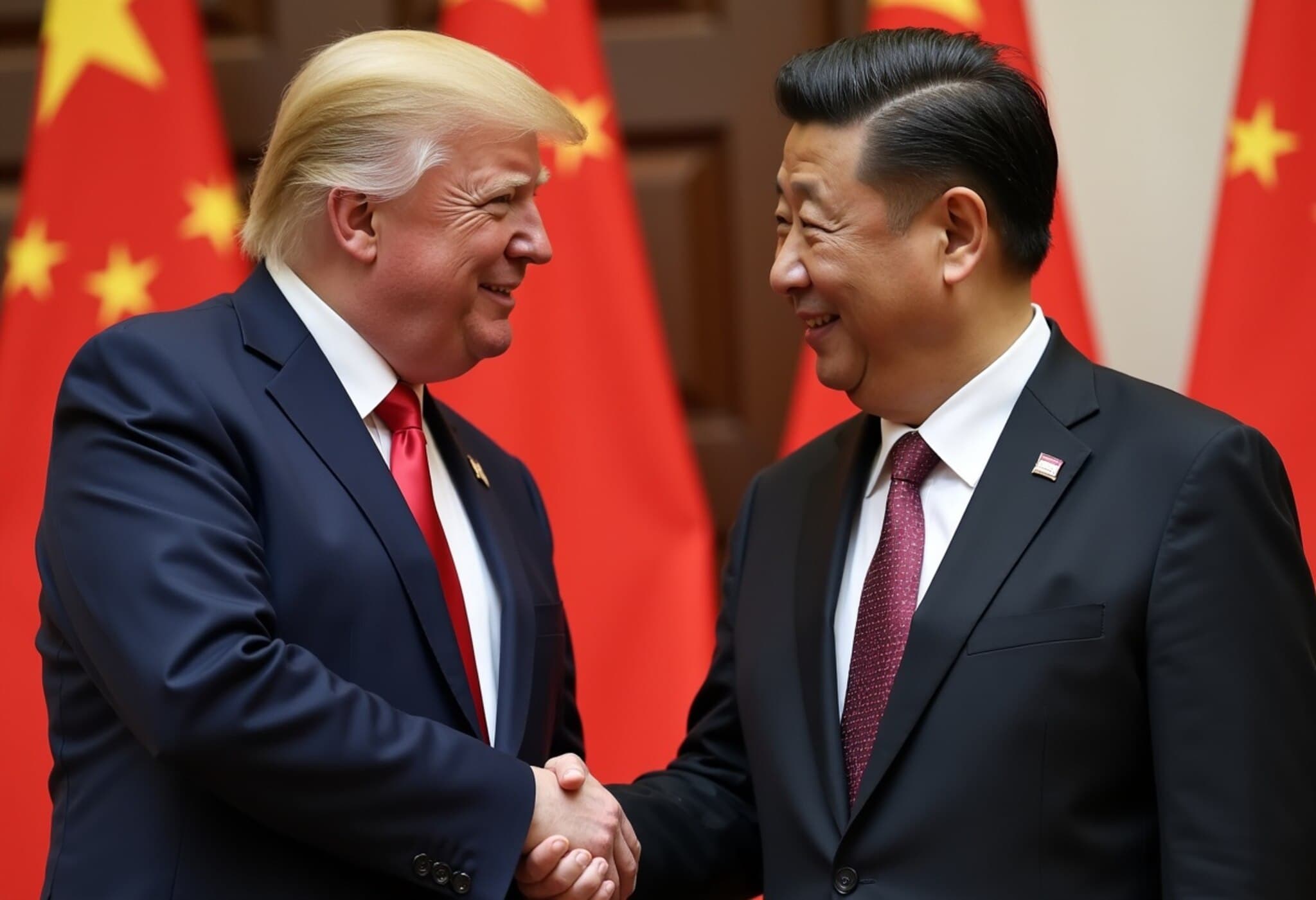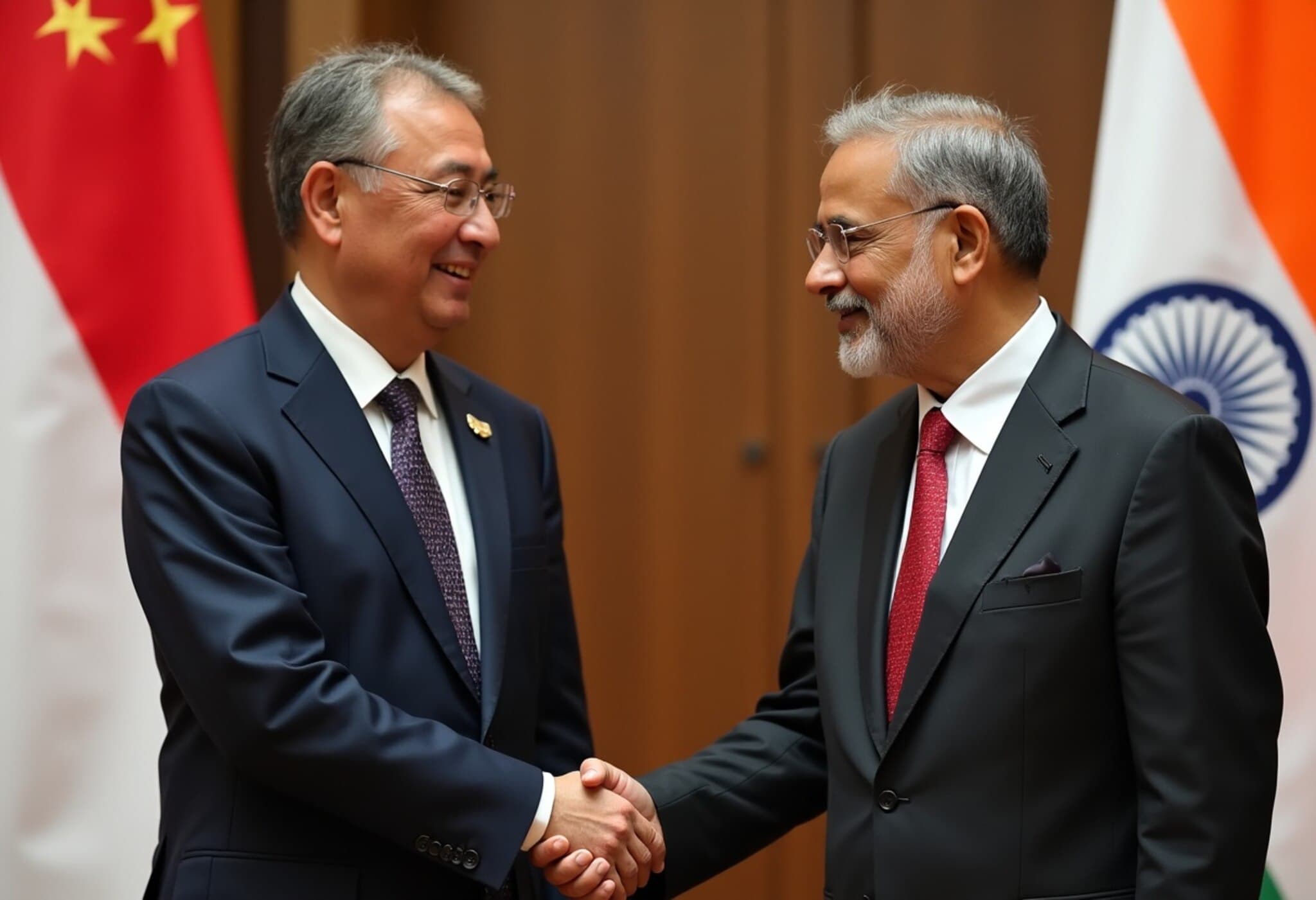Prime Minister Albanese’s Strategic Visit to China
In a diplomatic move that has caught the world’s attention, Australian Prime Minister Anthony Albanese embarked on a pivotal weeklong visit to Beijing in July 2025. This trip, his second to China since taking office, underscores Australia’s nuanced approach to managing its complex relationship with Beijing amid ongoing tensions in the Indo-Pacific.
What many find notable is that Albanese prioritized his discussions with Chinese President Xi Jinping before meeting with former US President Donald Trump, highlighting the growing importance Canberra places on its economic ties with China, even as it navigates the enduring security partnership with the United States.
The Diplomatic Itinerary and Key Discussions
During his stay, Albanese engaged in high-level talks, including the Annual Leaders’ Meeting with Chinese Premier Li Qiang, and face-to-face discussions with President Xi Jinping and Zhao Leji, Chairman of China’s National People’s Congress. The agenda tackled critical issues such as trade relations, tourism revival, and potential collaboration in cutting-edge fields like artificial intelligence—technology sectors Canberra watches closely due to implied national security risks.
Balancing Trade and Security Concerns
China remains Australia’s largest trading partner, accounting for nearly a third of its total trade volume. This economic lifeline is a key driver behind Canberra’s engagement with Beijing despite lingering concerns over China’s military ambitions. During a recent ASEAN summit in Malaysia, Australian Foreign Minister Penny Wong candidly expressed concerns about China’s rapid military buildup and lack of transparency, while simultaneously acknowledging China’s crucial role in addressing global challenges.
Wong’s nuanced rhetoric captures Australia’s tightrope walk: deeply connected economically to China yet wary of its expanding military presence. This delicate balancing act is further complicated by Australia’s ongoing security alliance with the United States, which is reviewing the Aukus defense pact amid Washington’s shifting defense spending priorities.
Why Meet Xi Before Trump?
The sequence of diplomatic engagements surprises many observers. Albanese’s decision to visit Beijing first, delaying talks with Trump until broader multilateral forums like the Quad summit or the UN General Assembly, has invited scrutiny. Shadow Defence Spokesman Angus Taylor criticized the move as signaling greater interest in China than the US.
Yet, Albanese’s approach reflects broader geopolitical realities. While America remains a strategic partner crucial for Australia’s security architecture, fluctuating US policies—like unpredictable tariff regimes and shifting defense commitments—have forced Canberra to diversify its diplomatic engagements.
Economic Realities Amid Tariff Wars
The lingering effects of tariffs imposed during Trump’s tenure contribute to Canberra’s prudent outreach. Despite a relatively modest 10% duty on Australian exports to the US, the uncertainty generated by Washington’s protectionist stance drives Australia to strengthen ties with its largest trading partner.
Historical Context: An 'Asia First' Policy
Australia’s pivot towards Asia is not unprecedented. Former Prime Minister Tony Abbott adopted a similar “Asia first” policy upon taking office in 2013, prioritizing regional neighbors such as China, Japan, and Indonesia over traditional western allies in London and Washington. Abbott’s approach reflected the growing economic and strategic importance of the Asia-Pacific region well before today’s intensifying great power competition.
What sets Albanese’s tenure apart is the context of rising geopolitical tensions. Unlike Abbott’s era, China is now actively expanding its military footprint, prompting Australia to tread carefully between economic cooperation and strategic caution.
Expert Analysis: Navigating a Complex Diplomatic Landscape
Ken Smith, a senior fellow at the Lowy Institute specializing in Indo-Pacific geopolitics, notes, "Albanese’s visit represents a pragmatic recognition that Australia cannot afford to alienate its biggest trading partner, even as it relies on the United States for its defense. The challenge lies in preserving sovereignty and security without compromising economic interests."
Indeed, Canberra’s dual approach raises critical questions about the future of alliances and economic partnerships amid the intensifying US-China rivalry. How Australia manages this balance could set a precedent for other middle powers grappling with similar dilemmas.
Looking Ahead: Challenges and Opportunities
- Trade Dependency: Australia must safeguard its economic relationship with China while ensuring transparency and reciprocity.
- Security Partnerships: The Aukus pact and US defense commitments remain vital, but Canberra must prepare for potential shifts in Washington’s policy.
- Regional Stability: Active engagement in multilateral forums like ASEAN and the Quad will be critical to navigating regional tensions.
The coming months will test Canberra's ability to maintain a measured stance — fostering constructive Sino-Australian relations without undermining the vital security umbrella provided by the United States.
Editor’s Note
Prime Minister Albanese’s diplomatic choreography in engaging China before the US offers a revealing snapshot of Australia’s foreign policy challenges amid a volatile geopolitical environment. The visit underscores the increasingly intertwined nature of economics and security in the Indo-Pacific, highlighting how middle powers must adroitly maneuver between competing great powers. As Canberra continues this balancing act, observers should watch closely how these dynamics reshape regional alliances and influence the broader global order.

